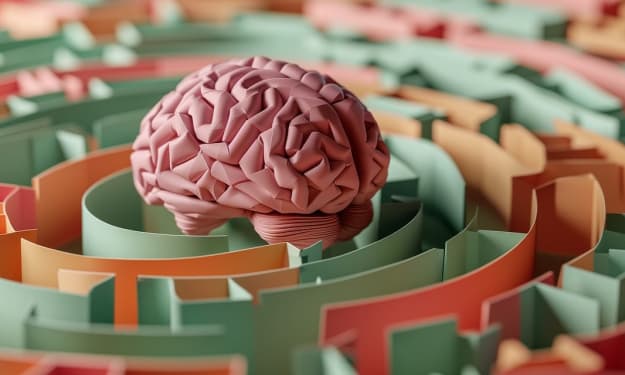What happens when you die?
After Death: Unraveling the Biological Journey from the Last Breath to Decomposition

Death is something we all deal with in our lives, whether it is a family member, a pet, or your own final end. In reality. About a hundred people die every minute in the world. But what actually happens when you die?
In the first moments after death, the last gasps of oxygen in your body are depleted and your brain activity stops. While neurons stop working. Your brain stops producing hormones that regulate body functions. During this, some body functions may remain working for a few seconds, due to the use of the reserve reserve of energy (ATP), which is the primary energy source in your body. The muscles relax, including the sphincter muscles, which means the possibility of urinating or defecating, “May God bless you.”
About 15-25 minutes after death, the lack of blood flow through the capillaries leads to the death paleness that is seen on the dead person's skin. Because the heart is no longer working, there is no active push of blood through your body, so gravity causes blood to be drawn into the lower part of the body. Several hours after the blood is drawn, the skin color changes to red to purple, and the skin color change reaches its maximum within 12 hours. This is one of the ways by which forensic investigators and coroners determine the time of death and the location of the dead body.
Within 3-6 hours, the phenomenon of rigor mortis occurs. Your body will not only lose its energy sources, but also the deteriorating organ cells will leak calcium into the muscle cells, which in turn will bind to proteins that are responsible for muscle contraction. Causing involuntary tension and stiffness in the muscles, which in any case lasts for 24-48 hours.
Until this point, unless your body has been chemically embalmed or preserved in some way, your body will slowly begin to rot as well. Without proper blood flow, dead cells accumulate, and along with carbon dioxide gas, the pH of the tissues will rise. All of this weakens the cell membrane and eventually causes it to burst and release its cytosol, which contains an activating protein and enzymes that further break down the surrounding tissue.
There are also about a hundred trillion bacteria that happily break down your body. Abiotic bacteria in the gastrointestinal tract begin to eat away at the intestinal organs (inside the abdominal cavity). This process is known as decay or putrefaction, which is the state in which things become foul-smelling. The breakdown of amino acids by bacteria produces an extremely unpleasant gas, which attracts certain insects such as weevils, carrion beetles and large blue flies, which lay their eggs in the rotting tissue. The eggs hatch within a day, and the larva or mycelium eats tissue to survive until it becomes fully developed. After several weeks, these mycelia (larvae) can consume 60% of the body's tissue, causing burrows that allow putrefactive fluids and gases to escape.
Between 20-50 days the frothy fermentation begins with the attack of beetle larvae, protozoa and fungi. This process is known as dry decay, and it can last for a year, but it occurs faster at high temperatures.
Over the years, plants and animals eat body parts, including bone remains. Ultimately, if left entirely to these elements, every piece of the body would be broken down and its basic molecules recycled. If you want to learn more about the psychological aspect of death, then please subscribe for more articles.
PS: This is my first article on this website, i am not new to writing articles, but i am new to this website. So i would really appreciatie if you will give feedback and article ideas in the comments.
About the Creator
Leroy Rockson
I write articles mostly about psycholgy because i think it's very improtant for people to understand eachother and theirselves.





Comments
There are no comments for this story
Be the first to respond and start the conversation.